Scripting and remote technologies are essential tools in today’s technology landscape. They allow for automation, efficiency, and remote access to critical systems and services. While these technologies offer many benefits, they also come with some drawbacks.In this blog, we will discuss different scripting and remote technologies along with their use cases and also discuss the pros and cons of scripting and remote technologies in today’s world.
Scripting Technologies
- PowerShell – PowerShell is a scripting language developed by Microsoft. It is primarily used to automate Windows operating system tasks, and it can also be used for systems management, network automation, and cloud computing.
Use case: PowerShell can be used to automate repetitive tasks such as creating user accounts or modifying system settings.
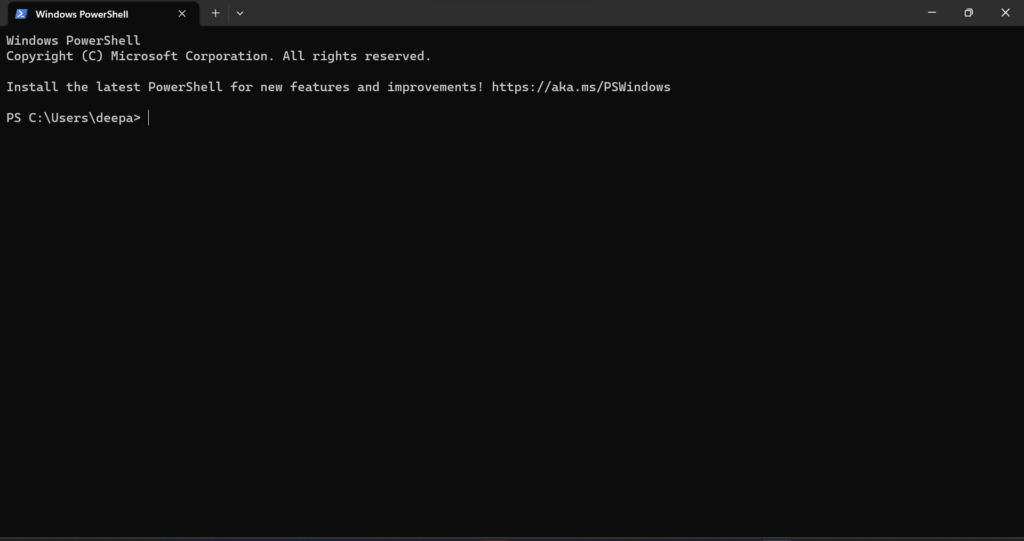
- Python – Python is a high-level programming language used for general-purpose programming. It is used for web development, scientific computing, data analysis, and artificial intelligence.
Use case: Python can be used to develop web applications, data analysis tools, and machine learning algorithms.
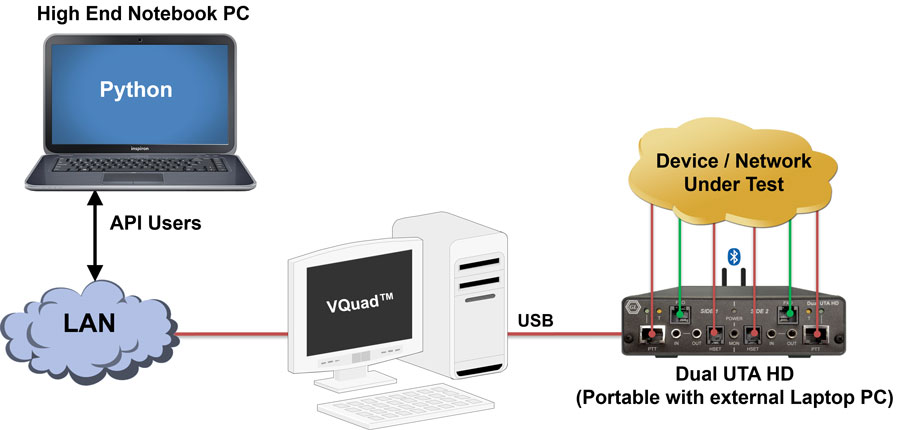
- Bash – Bash is a Unix shell and command language. It is used for automation and system administration tasks on Unix and Linux systems.
Use case: Bash can be used to automate tasks such as backups, file transfers, and system maintenance.
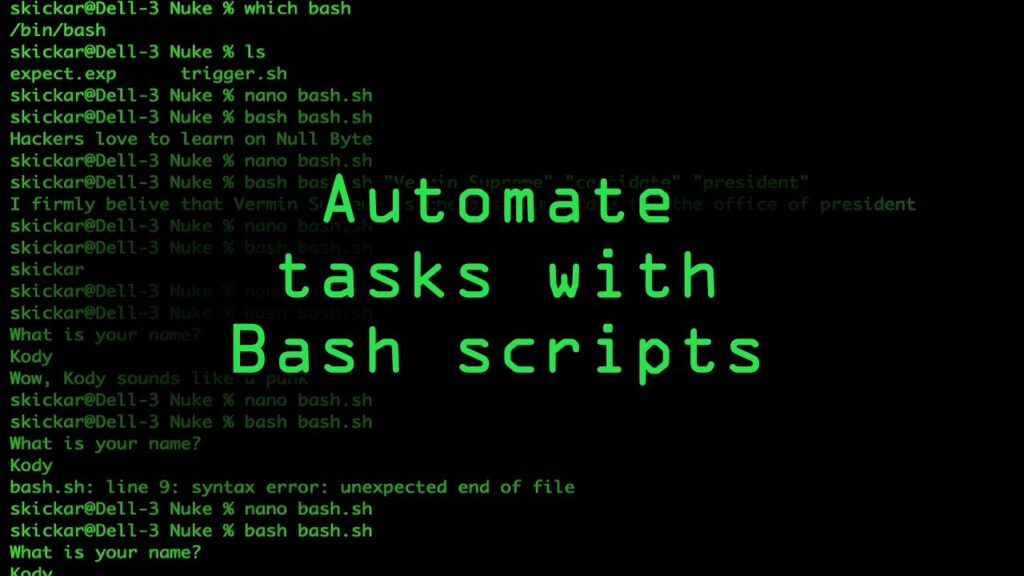
Remote Technologies
- Remote Desktop Protocol (RDP) – RDP is a proprietary protocol developed by Microsoft. It allows users to remotely access Windows-based computers.
Use case: RDP can be used to remotely access and control a computer in a different location, which is useful for remote workers, system administrators, and IT support.
- Virtual Private Network (VPN) – VPN is a secure way to access a private network from a remote location. It encrypts internet traffic and provides a secure connection to the network.
Use case: VPN can be used to securely connect to a corporate network from a remote location or to access geo-restricted content.
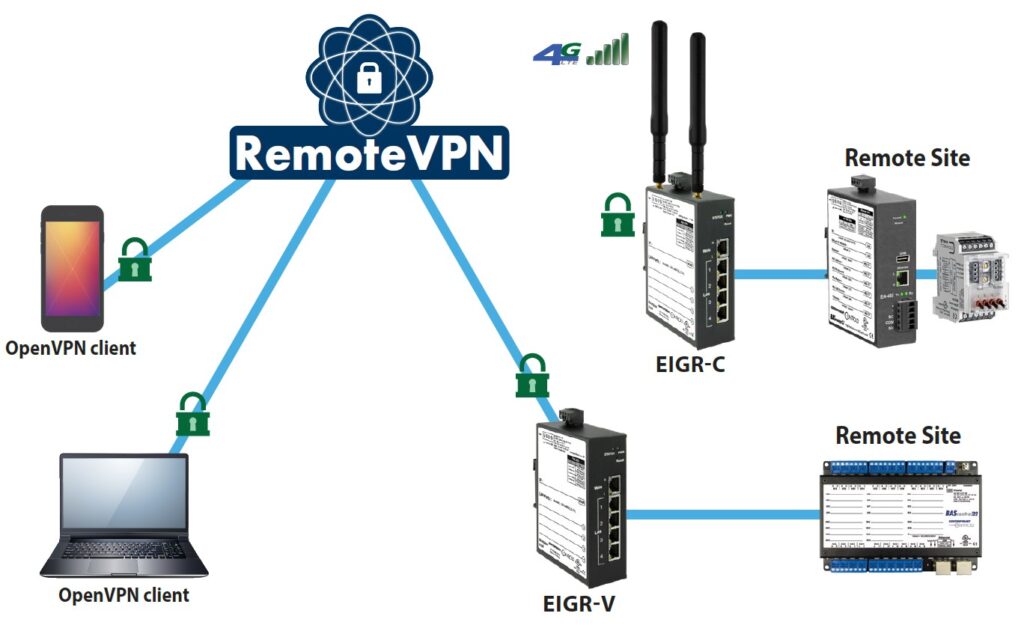
- Secure Shell (SSH) – SSH is a network protocol used to access and manage remote devices securely. It provides encrypted communication between devices.
Use case: SSH can be used to remotely manage servers, network devices, and cloud instances.
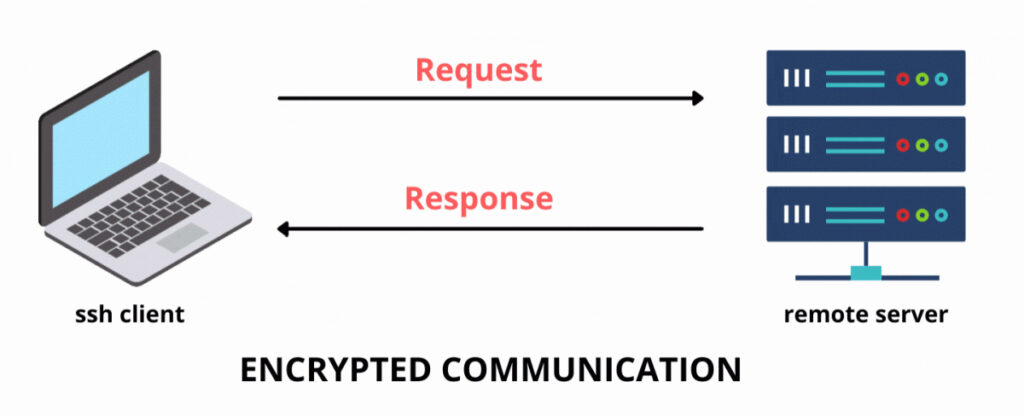
Pros of Scripting and Remote technologies
- Automation: Scripting technologies enable automation of tasks that would otherwise be time-consuming and repetitive. Remote technologies allow for remote access to critical systems and services, enabling workers to be productive from any location.
- Efficiency: Scripting technologies enable IT professionals to execute tasks quickly and efficiently. Remote technologies allow for real-time access to critical systems and services, enabling quick response times.
- Cost-effective: Scripting technologies and remote technologies can save organizations money by reducing the need for manual labor and travel expenses. They can also improve productivity and reduce downtime, resulting in cost savings.
- Flexibility: Remote technologies enable workers to be productive from any location, providing greater flexibility in work arrangements. This can lead to increased job satisfaction and work-life balance
Cons of Scripting and Remote Technologies
- Security Risks: Scripting and remote technologies can create security risks if not properly secured. Remote access can open up networks to potential attacks, and automation scripts can contain vulnerabilities that can be exploited.
- Technical Expertise: Scripting technologies require technical expertise, and not all IT professionals may have the necessary skills to use them effectively. Remote technologies can also require specialized knowledge to set up and use.
- Dependence on Technology: Over-reliance on scripting and remote technologies can lead to a lack of understanding of underlying systems and processes. This can make organizations vulnerable if something goes wrong or if there is a lack of technical support.
- Infrastructure Requirements: Remote technologies require infrastructure to be in place, including high-speed internet connections and secure servers. This can be a significant investment for organizations, especially those with limited resources
Conclusion
Scripting and remote technologies offer many benefits, including automation, efficiency, cost savings, and flexibility. However, they also come with some drawbacks, including security risks, technical expertise requirements, dependence on technology, and infrastructure requirements. Organizations must weigh the pros and cons carefully before implementing scripting and remote technologies to ensure that they can derive maximum benefit while minimizing risk. With proper planning and execution, scripting and remote technologies can be powerful tools for organizations to improve productivity, reduce costs, and enhance flexibility.
